Project Showcase
Our CS Capstone students work in teams of 3-6 over three terms (9 months). Here’s a sample of projects that have been built in the past few years. Not all projects are open-source, and some are multi-year projects that will be updated in the future.
More projects coming soon!
Lavender (2023-2025)
Section titled “Lavender (2023-2025)”Lavender is a digital platform designed to manage shift-related sleep challenges by allowing users to track and visualize daily sleep entries, work and activity schedules, and sleep quality trends, while providing personalized support through custom sleep schedule recommendations, insights to reduce fatigue and insomnia, and tools for provider collaboration.
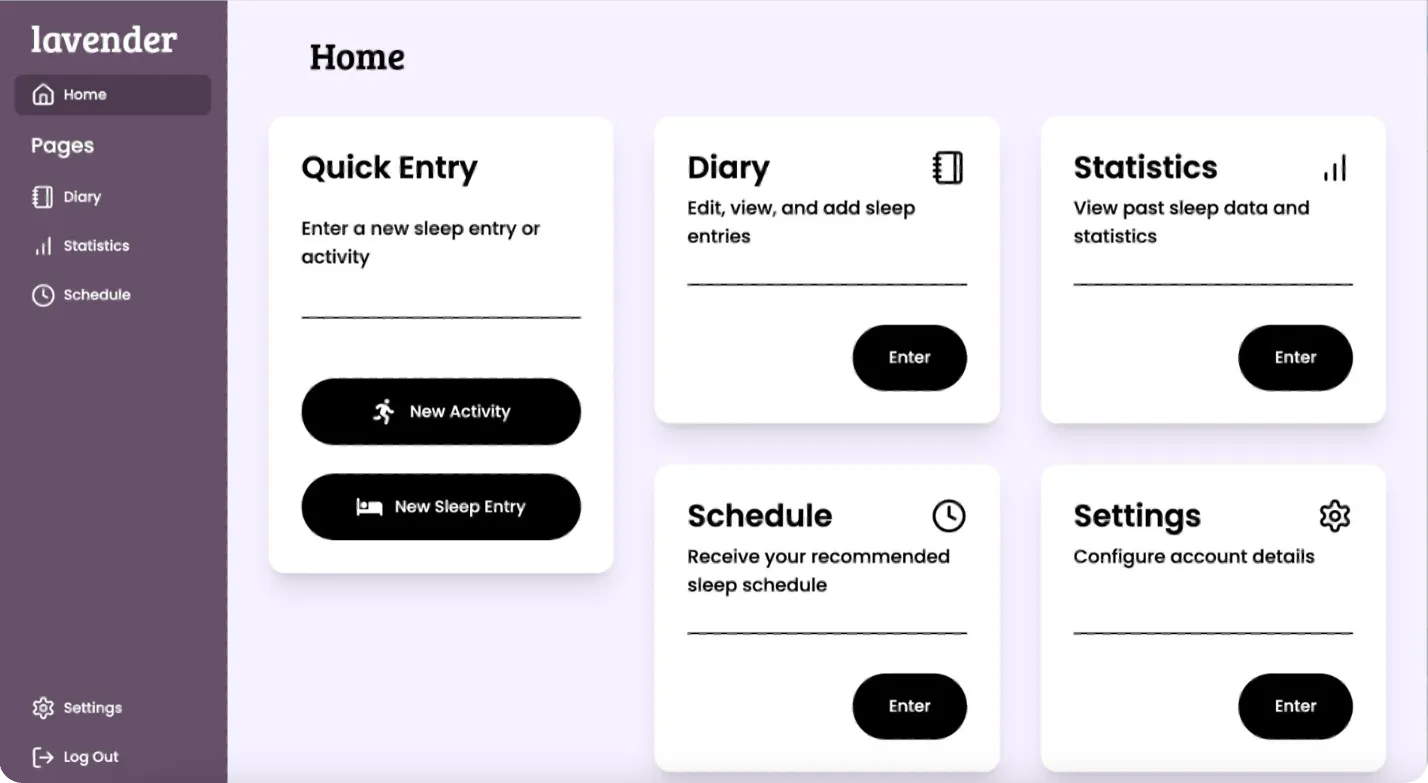
The platform enables providers to monitor sleep patterns, view sleep diary entries, track key sleep metrics, and access activity logs, offering auto-generated optimized sleep schedules based on research or manually added custom recommendations that can be sent directly to participants’ calendars.
The Robot Underground (2024-2025)
Section titled “The Robot Underground (2024-2025)”The Robot Underground™ aims to break open tech education for middle and high schoolers everywhere, even if they live in a robot wasteland.
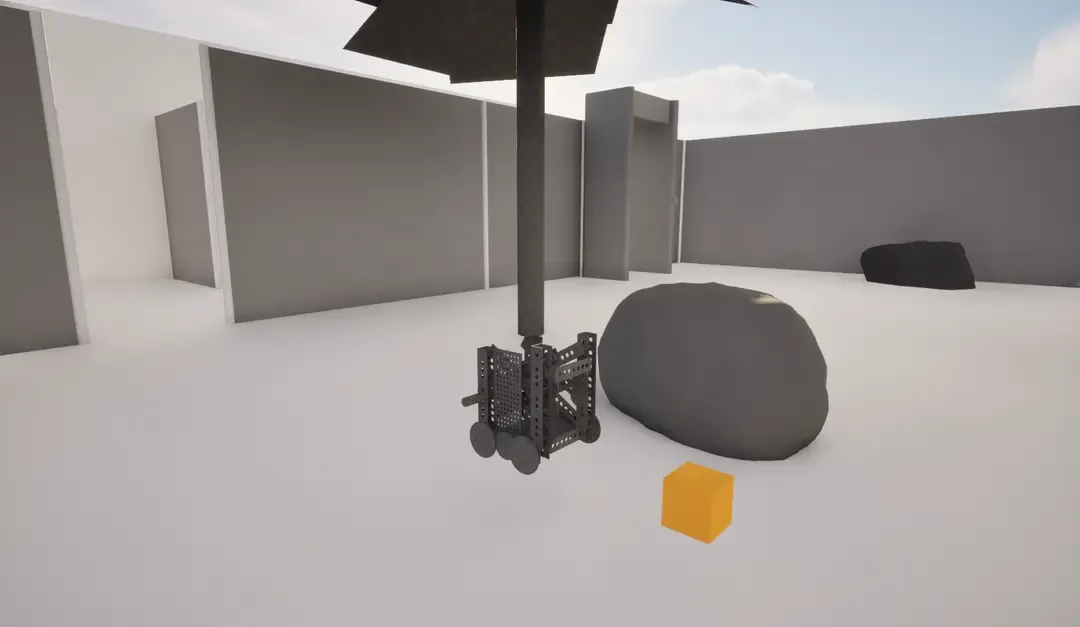
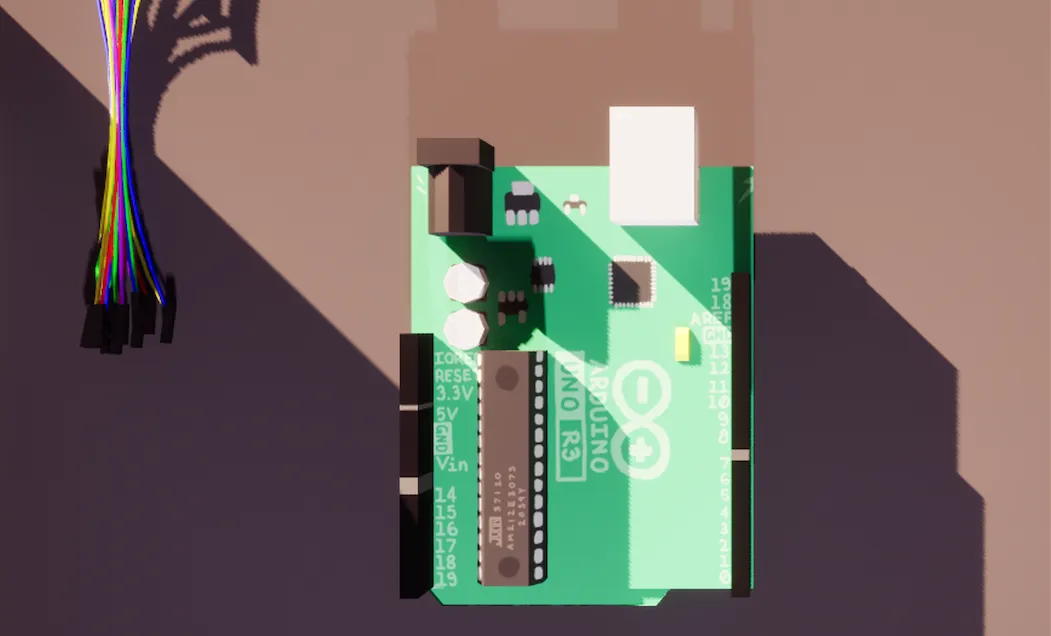
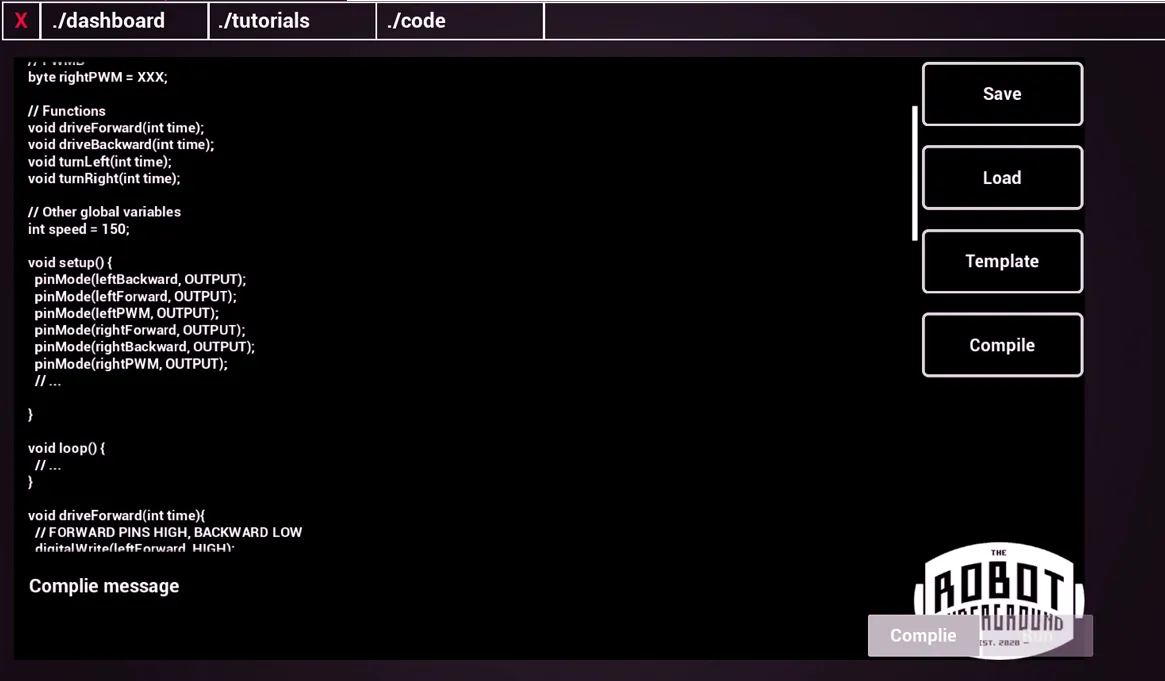
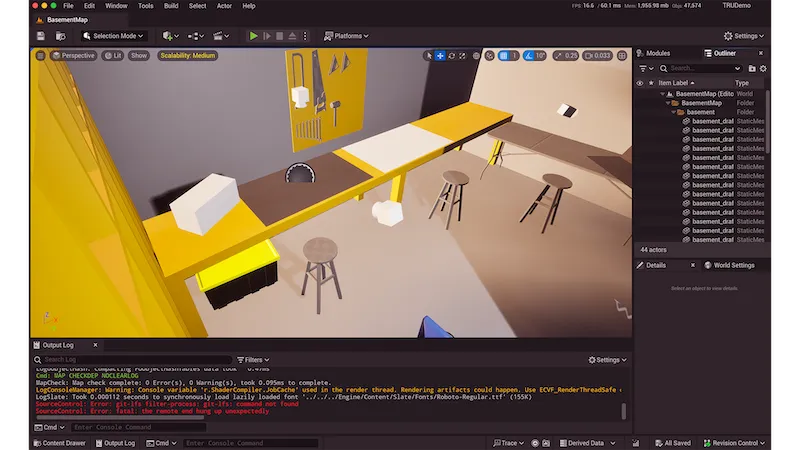
The team built a demo for an immersive robotics video game that catapults the player into a world of building, wiring, and programming increasingly difficult robots in order to unravel a tantalizing mystery.
Built on top of a comprehensive robotics curriculum, players can walk in with zero skills and walk out prepared to dive into a technical college major.
Ephira (2024-2025)
Section titled “Ephira (2024-2025)”Stay aware of your cycle without sacrificing your privacy. Ephira is a secure period-tracker that keeps your data encrypted locally on your device.
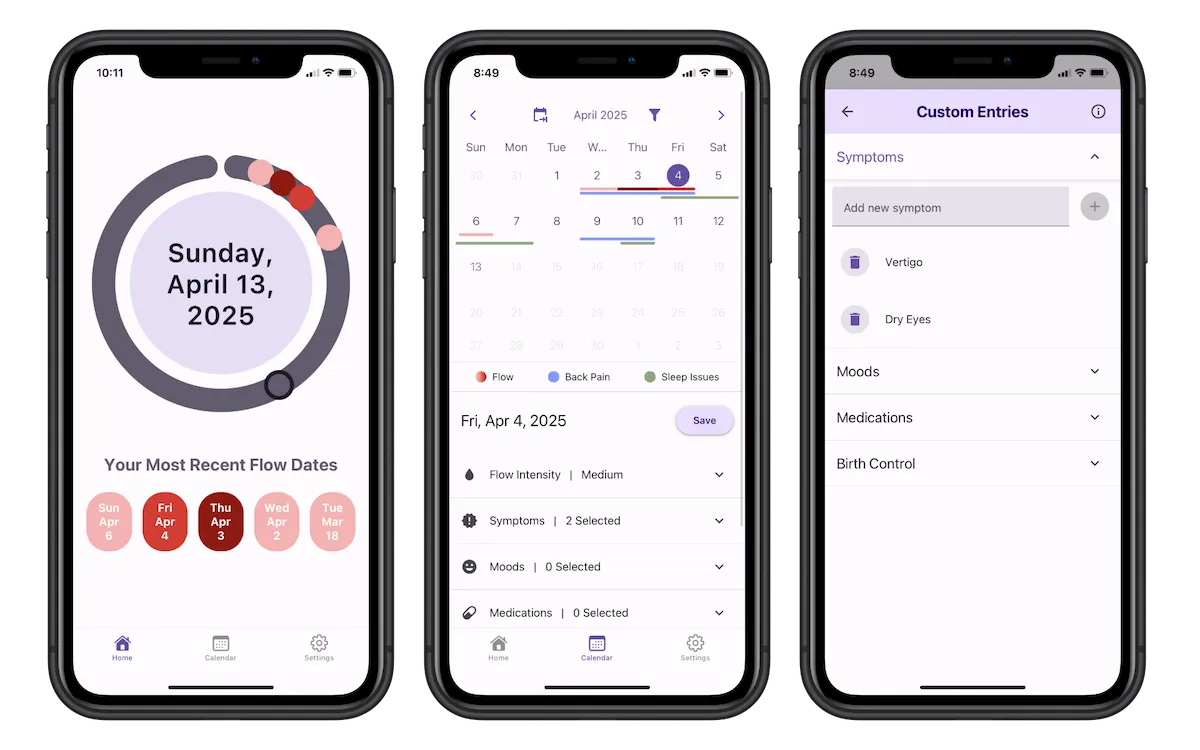
Log menstrual flow, symptoms, moods, medications, birth control, and notes. Data is encrypted and never leaves your device. It can be locked behind biometrics (Face ID/Fingerprint) or a custom password, and can be deleted at any time.
Corvallis Connect (2024-2025)
Section titled “Corvallis Connect (2024-2025)”Corvallis Connect is a civic engagement mobile application that empowers residents of Corvallis, Oregon to easily report issues directly to the city—from potholes and broken streetlights to public safety concerns.
Built with Flutter and powered by Firebase, this project aims to streamline local government communication and create a cleaner, safer, and more responsive community.
NextJudge (2023-2024)
Section titled “NextJudge (2023-2024)”NextJudge is a suite of services, tools, and applications for creating programming platforms (framework), facilitating programming contests (cli tool), and showcasing programming prowess (platform). The primary product is the NextJudge platform, built with competitive programming in mind.
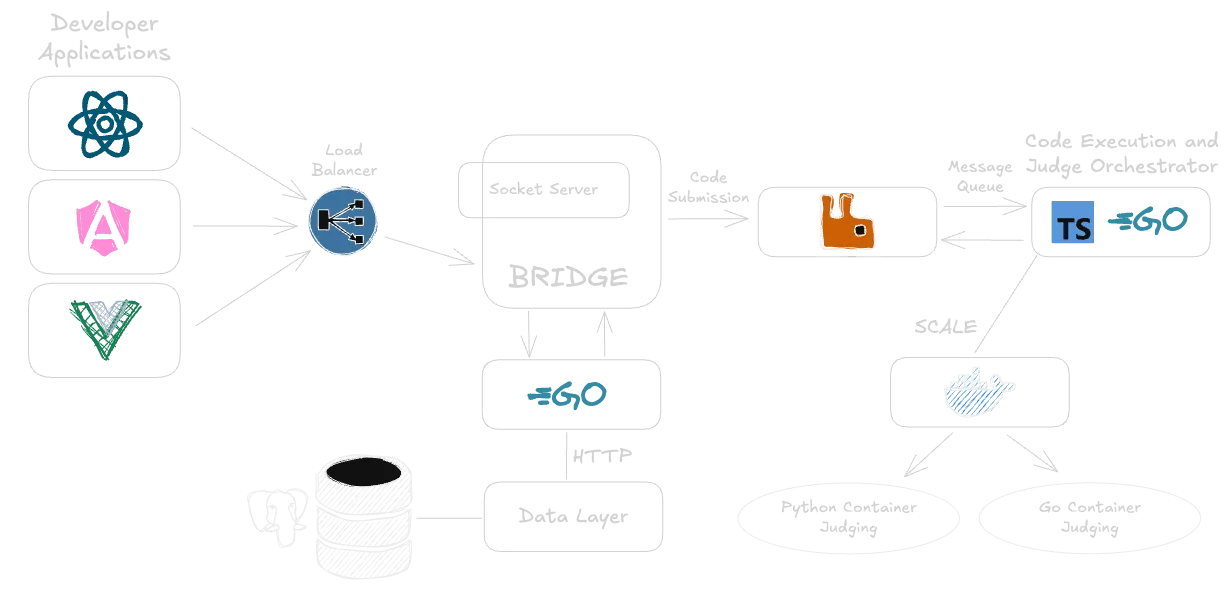
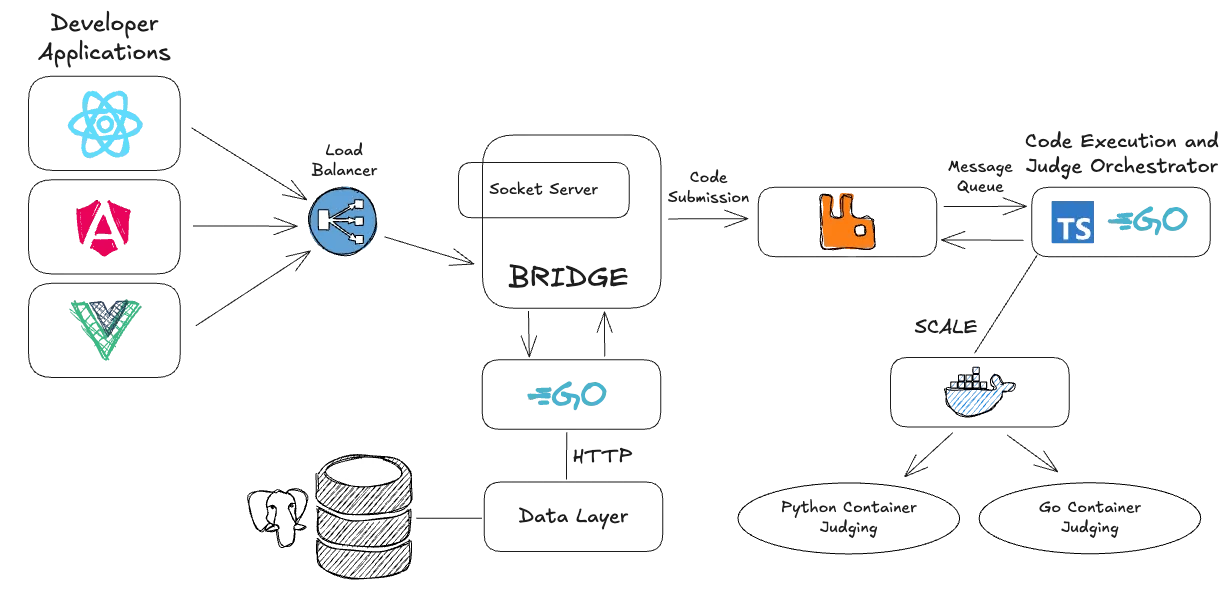
The NextJudge toolchain comprises a secure code-execution engine, an API gateway, a web application, a CLI tool, and a data layer, all of which are 100% self-hostable.
The Unknown Venome (2023-2025)
Section titled “The Unknown Venome (2023-2025)”The Unknown Venome is a platform that stores, visualizes, and analyzes the Venom Biochemistry Lab’s Proteins at Oregon State University.
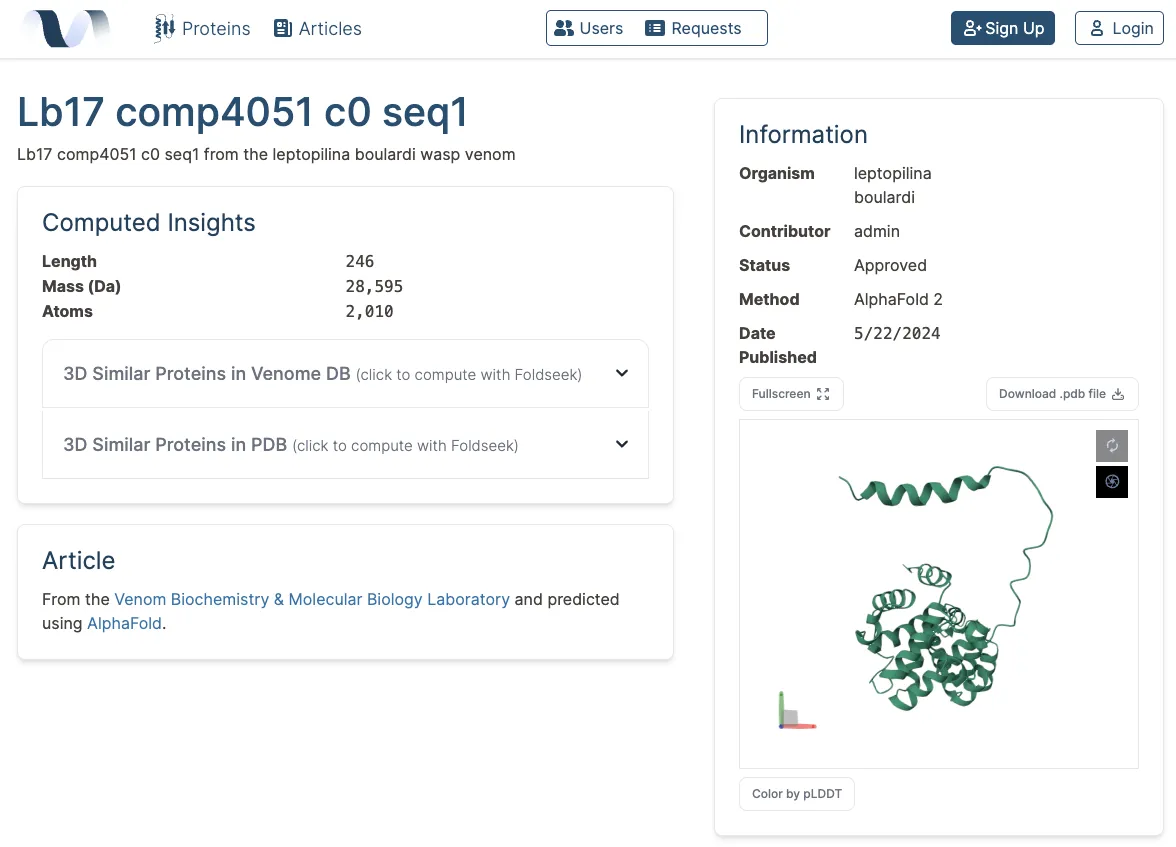
Search and filter hundreds of venom proteins, view their 3D structure and computed algorithms, and compare with similar proteins such as Foldseek or TM-Align.
Immersive Animal Anatomy Visualizer (2023-2024)
Section titled “Immersive Animal Anatomy Visualizer (2023-2024)”Helping Veterinary students learn anatomy through an environment that allows for immersive, collaborative studying in VR.
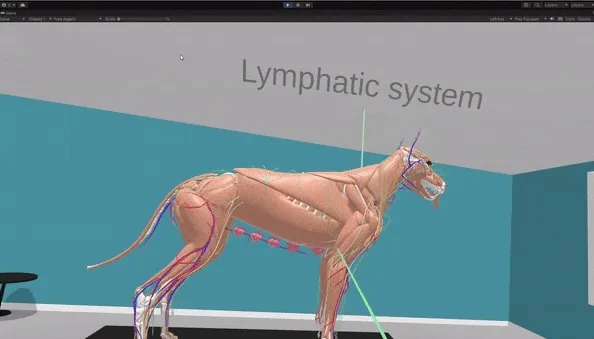
Studying anatomy in VR offers an interactive, hands-on experience that allows users to engage with models in a dynamic way, unlike static textbook learning. In this virtual environment, users can explore, move, and manipulate anatomical structures, making it easier to understand complex details through direct interaction.
The Immersive Animal Anatomy Visualizer is distributed via the Oculus App Lab, this means updates/changes can be easily downloaded by users like any other applications on the Oculus Quest 2.
Spatiotemporal Temperature Fusion Network & StarFM (2023-2024)
Section titled “Spatiotemporal Temperature Fusion Network & StarFM (2023-2024)”Using machine learning to turn unreadable or missing satellite images into usable and rich data.
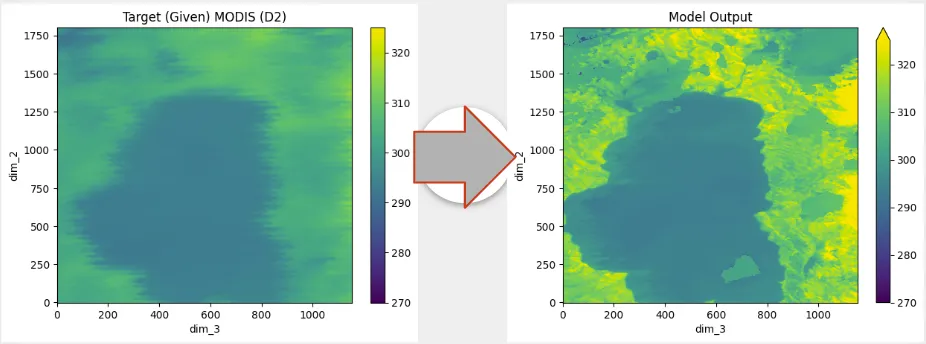
The Spatiotemporal Temperature Fusion Network (STTFN) is a multiscale convolutional neural network used for modeling nonlinear relationships in Land Surface Temperature (LST) satellite imagery. It predicts missing or damaged data by using two convolutional networks to generate forward and backward sequences, inferring a “middle” sequence. The model leverages MODIS (low-resolution) and Landsat (high-resolution) satellite data to estimate high-quality LST images. The implementation, trained on Oregon State University’s HPC Clusters, uses metrics like RMSE and SSIM for performance and includes a comparison with the STARFM model.